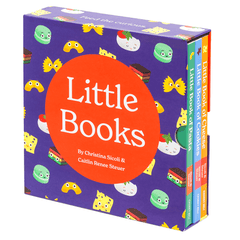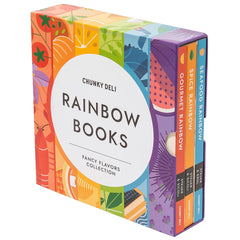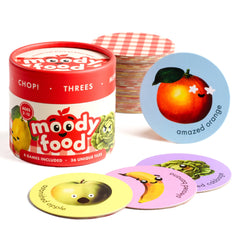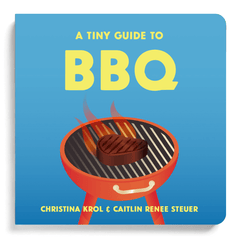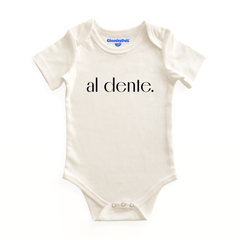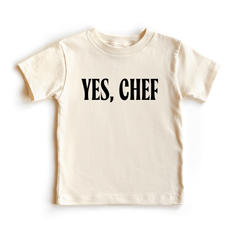What is Baby-Led Weaning?
Baby-led weaning (BLW) is an approach to introducing solid foods that allows infants to take the lead. Instead of spoon-feeding purees, parents offer soft, finger-sized foods that the baby can pick up and eat on their own. The core philosophy of BLW is to trust your baby's innate ability to self-regulate their food intake, explore new textures and flavors, and develop essential motor skills.
This method encourages a positive relationship with food, as babies learn to listen to their own hunger and fullness cues. It can also make mealtimes more social and less stressful, as the baby eats with the family and enjoys the same foods (with some modifications).
Getting Started: The First Steps & Foods
Embarking on the baby-led weaning journey can feel daunting, but it's simpler than you might think. The key is to wait until your baby shows all the signs of readiness, which typically happens around six months of age. These signs include:
-
Sitting up with minimal support.
-
Loss of the tongue-thrust reflex (the reflex that pushes food out of their mouth).
-
Showing an interest in food and what you're eating.
-
Developing the pincer grasp (picking up small objects with their thumb and forefinger).
When you’re ready to begin, the focus should be on offering a variety of first foods for baby led weaning that are soft and easy to grasp. Good options include:
-
Soft-cooked vegetables: Steamed carrots, broccoli florets, and sweet potato wedges.
-
Fruits: Ripe banana, avocado slices, or soft-peeled pear.
-
Proteins: Shredded chicken, small pieces of soft fish, or scrambled eggs.
-
Grains: Toast fingers with a thin spread of nut butter (ensure no nut allergies and it’s a thin layer to prevent choking) or cooked pasta spirals.
Remember to cut foods into appropriate shapes (sticks, wedges) to minimize choking hazards and always supervise your baby during mealtimes.
Making it Fun: The Role of Food-Themed Books & Toys
Learning about food isn't just for the high chair! You can introduce the joy of different foods through playful, interactive methods. Food-themed books and toys can spark curiosity and make your baby more comfortable with new textures and colors.
This is where a book like Rainbow Gourmet comes in. Designed specifically for little hands, this board book introduces babies to a spectrum of colorful fruits and vegetables through vibrant illustrations and simple, engaging text. It's a wonderful way to teach your baby about healthy foods and make mealtime an adventure before you even serve the food. By incorporating these baby food books into your daily routine, you create a positive association with eating from an early age.
Tools & Resources for Success
Having the right tools and resources can make your baby-led weaning journey smoother and more enjoyable. Beyond the basics like a high chair and bibs, consider these helpful items:
-
A good baby-led weaning book: For example, our Rainbow Gourmet book serves as both a story and an educational tool.
-
Art cards: The Rainbow Gourmet Art Cards can be a great way to introduce your baby to new foods visually. You can hang them in the kitchen or use them as a fun flashcard game to help your baby recognize different fruits and vegetables.
These resources provide practical baby led weaning ideas and guidance, helping you feel confident and prepared.
Safety & FAQs
Safety is the top priority with baby-led weaning. Here are some key tips and answers to common questions:
-
Choking vs. Gagging: Gagging is a normal reflex that helps your baby move food forward in their mouth. It’s often loud and a sign that they are learning. Choking is silent and requires immediate intervention. Always stay with your baby while they eat and familiarize yourself with infant first aid.
-
Salt & Sugar: Avoid adding salt or sugar to your baby's food. Their kidneys are still developing, and a high intake can be harmful.
-
Mess is a good thing! Don't be afraid of the mess. It's a crucial part of the sensory experience and helps your baby learn about different textures and consistencies.



